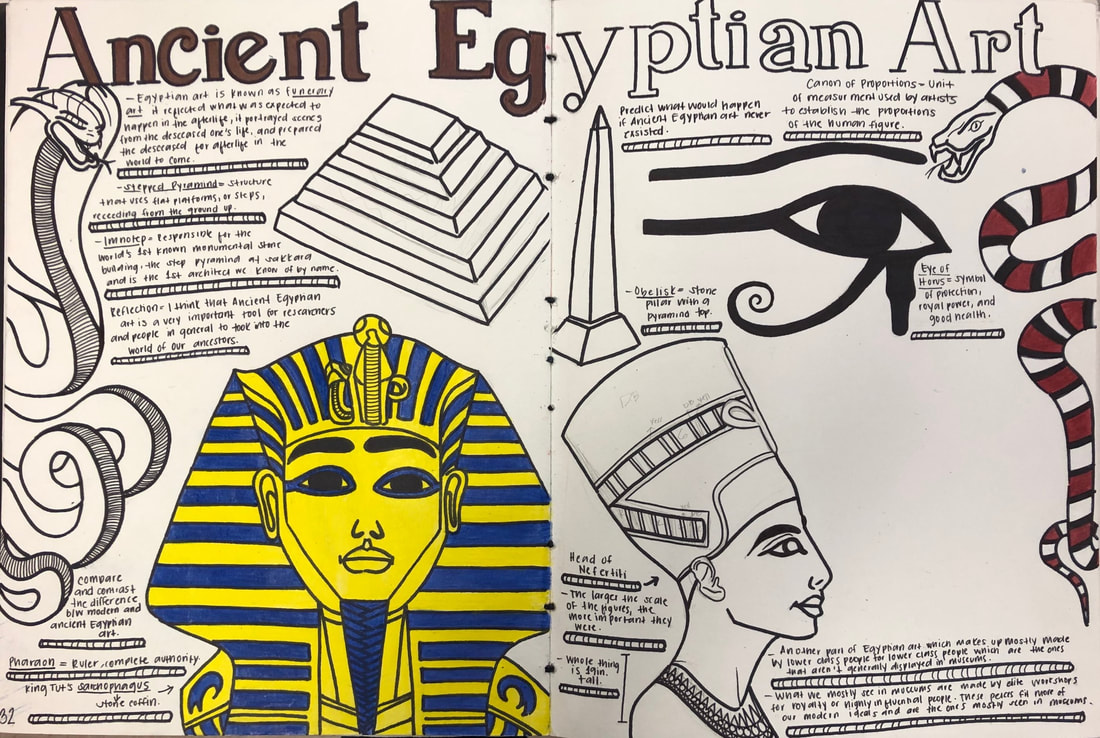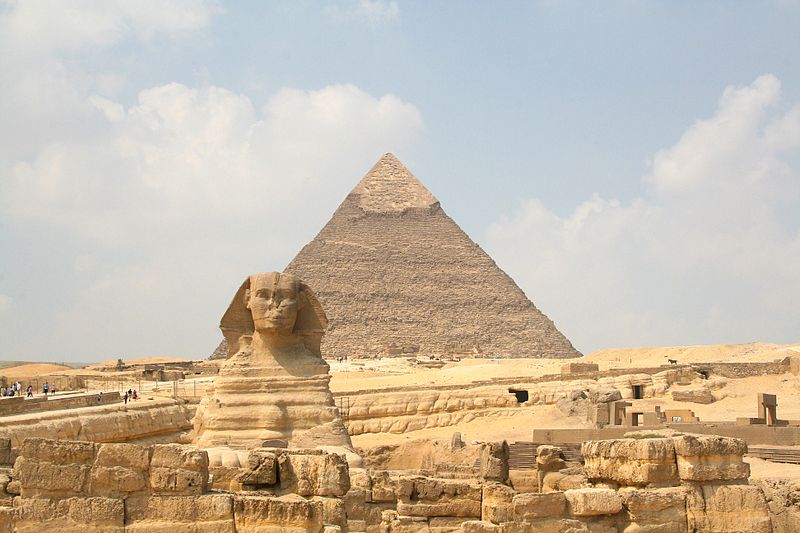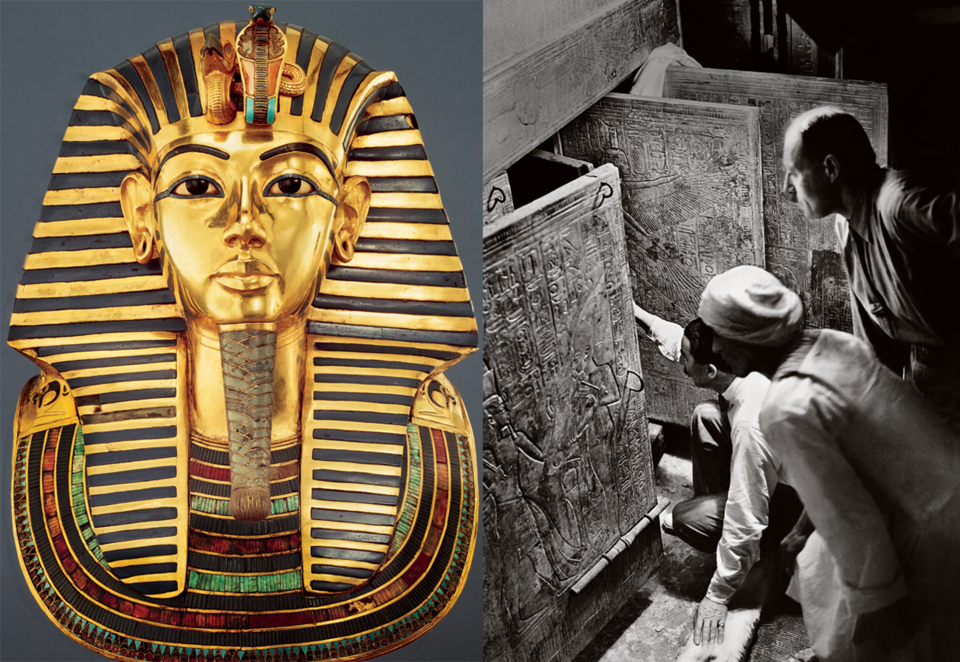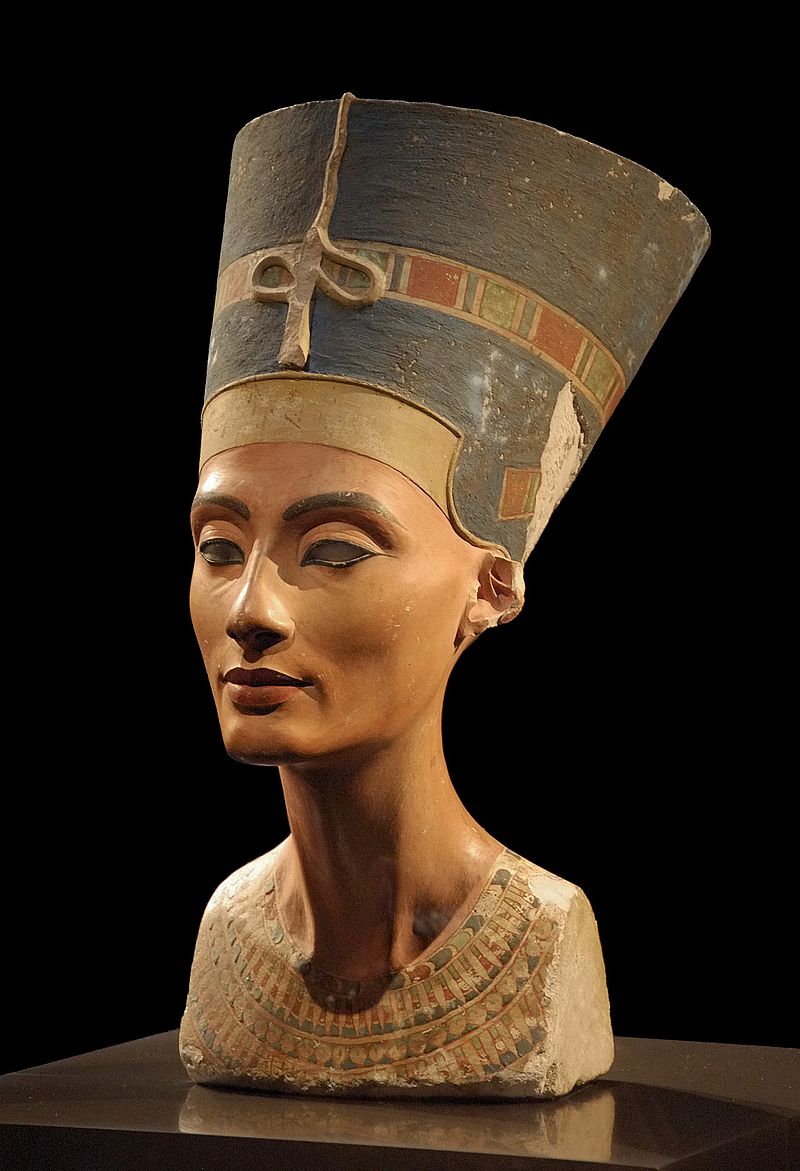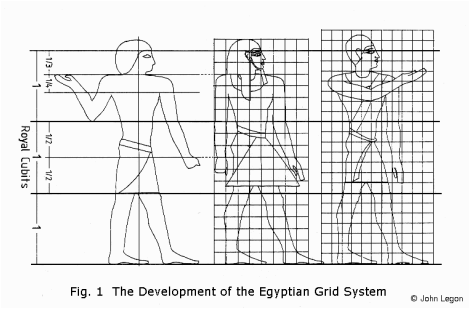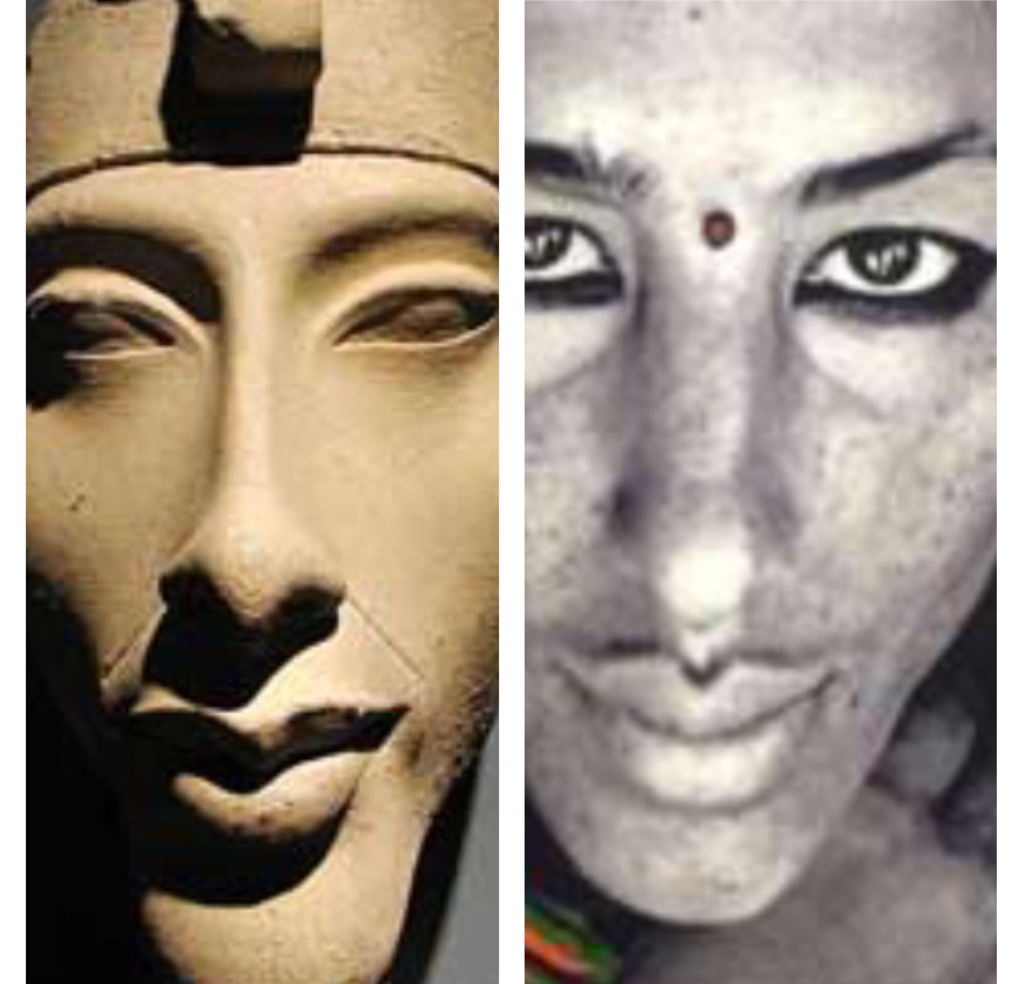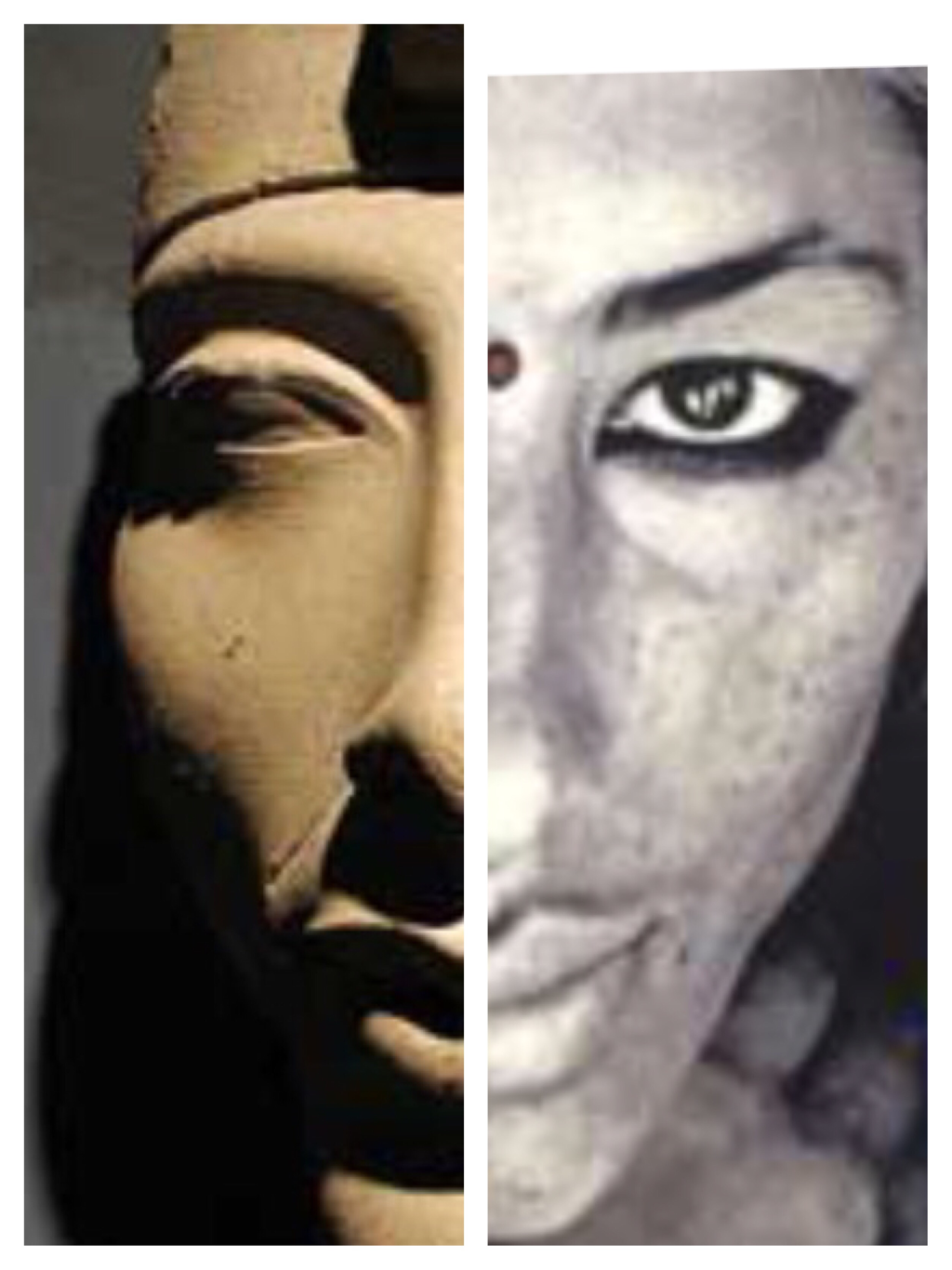ANCIENT EGYPT
All notes for your Ancient Egyptian art journal spread are found in this presentation, below.
|
The Great Sphinx
King Tutankhamen's Gold Mask
|
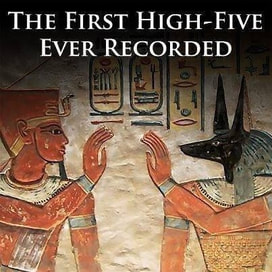
Introduction to Ancient Egypt- Khan Academy Notes
(optional, but will add to your notes and knowledge!)
(optional, but will add to your notes and knowledge!)
Imhotep: Imhotep was chief architect to the Egyptian pharaoh Djoser (reigned c.2630 - c.2611 BC). He was responsible for the world's first known monumental stone building, the Step Pyramid at Sakkara and is the first architect we know by name!
From: http://www.bbc.co.uk/history/historic_figures/imhotep.shtml
Read more here.
From: http://www.bbc.co.uk/history/historic_figures/imhotep.shtml
Read more here.
Canon of Proportions:
This unit of measurement is reasonably standard, and has long been used by artists to establish the proportions of the human figure. Ancient Egyptian art used a canon of proportion based on the "fist", measured across the knuckles, with 18 fists from the ground to the hairline on the forehead.
Embed study modes
Paste any of these HTML snippets to embed this set on your website or blog. View embed preview.
Flashcards
Learn
Scatter
Speller
Test
Space Race
